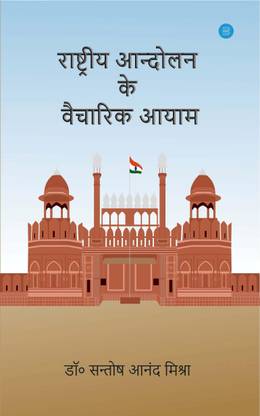Revolutionary Kartar Singh Sarabha: A Young Beacon of India's Freedom Struggle (24 May 1896 – 16 November 1915)
Family Background and Early Education
Kartar Singh Sarabha was born on 24 May 1896 in the village of Sarabha in Ludhiana district, Punjab. He hailed from a well-off landowning family. His father passed away when he was very young, and he was brought up by his grandfather. Bright and self-respecting from a young age, Kartar Singh received his early education in Ludhiana and left for the United States at the age of just 16 to pursue higher studies.
Student Life in the USA and Awakening of Nationalism
Kartar Singh enrolled at the University of California, Berkeley to study Chemistry. However, he was deeply shaken by the plight of Indian laborers in America and the racial discrimination they faced. These experiences led him to reflect on the root causes of India’s subjugation.
Association with the Ghadar Party: In 1913, he became actively involved with the Ghadar Party, formed by Indian expatriates in the USA. The party aimed to liberate India through armed revolution. Kartar Singh soon emerged as one of its most enthusiastic, fearless, and inspiring leaders.
Publishing and Promoting the 'Ghadar' Newspaper
The Ghadar Party launched a newspaper called “Ghadar”, published in Urdu, Punjabi, Hindi, and English. Kartar Singh was deeply involved in its editing, writing, printing, and distribution. The newspaper carried revolutionary content, criticized colonial rule, and called upon Indians to rise for independence.
His poems and writings ignited the spirit of revolution among the youth. One of his powerful lines reads:
"Sacrifice yourself for your nation, your name will become immortal
Even in dying, your action will have an impact…"
Return to India and the Ghadar Uprising Plan (1914–15)
With the outbreak of World War I in 1914, the Ghadar Party saw an opportunity to ignite a rebellion against British rule. Thousands of Indians returned from America, Canada, and Asia to join the revolution.
Kartar Singh was among them. Back in India, he led efforts to procure arms, plan military uprisings, and mobilize the masses. He aimed to incite rebellion among Indian soldiers serving in the British army.
Betrayal and Arrest
British intelligence soon caught wind of the revolutionary plans. A traitor exposed the movement, leading to the arrest of Kartar Singh and several of his comrades. Even in custody, he remained steadfast and courageous.
Lahore Conspiracy Case and Court Trial
In 1915, Kartar Singh was tried under the Lahore Conspiracy Case. His bold replies and fearless demeanor during the proceedings left everyone awestruck.
In his words: “I know I will be hanged. If I am not, I will again fight for India’s freedom.”
Even the judge was stunned by his bravery.
Martyrdom: 16 November 1915
Kartar Singh Sarabha was hanged on 16 November 1915 in Lahore Jail. He was only 19 years and 5 months old — one of the youngest martyrs of India’s freedom movement.
Inspiration to Bhagat Singh
Bhagat Singh regarded Kartar Singh as his idol. He once said: “Kartar Singh Sarabha is my Guru. I always carry his photo in my pocket.”
A whole generation of young revolutionaries was inspired by his sacrifice.
Memorials and Honors
- Numerous educational institutions, roads, and monuments in Punjab are named after him.
- His village, Sarabha, is hailed as “The Land of Revolution.”
- The Government of India has issued a postage stamp in his honor.
Conclusion
Kartar Singh Sarabha’s life is a living testament that patriotism knows no age. His blazing spirit, fearlessness, and ultimate sacrifice are immortal chapters in Indian history. Even today, he continues to inspire youth with his dedication to the nation, courage, and pursuit of justice.












0 Comments
Thank you